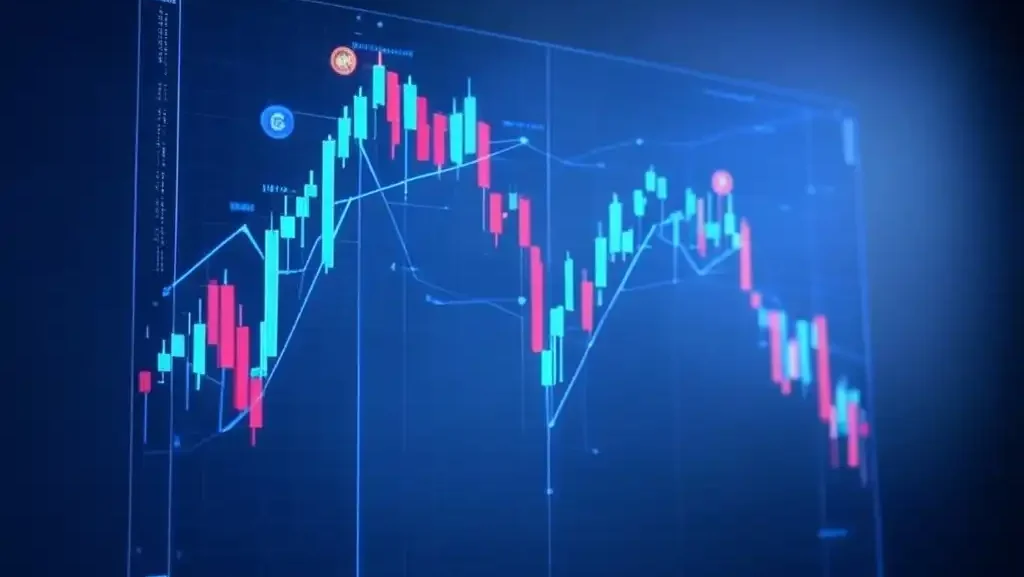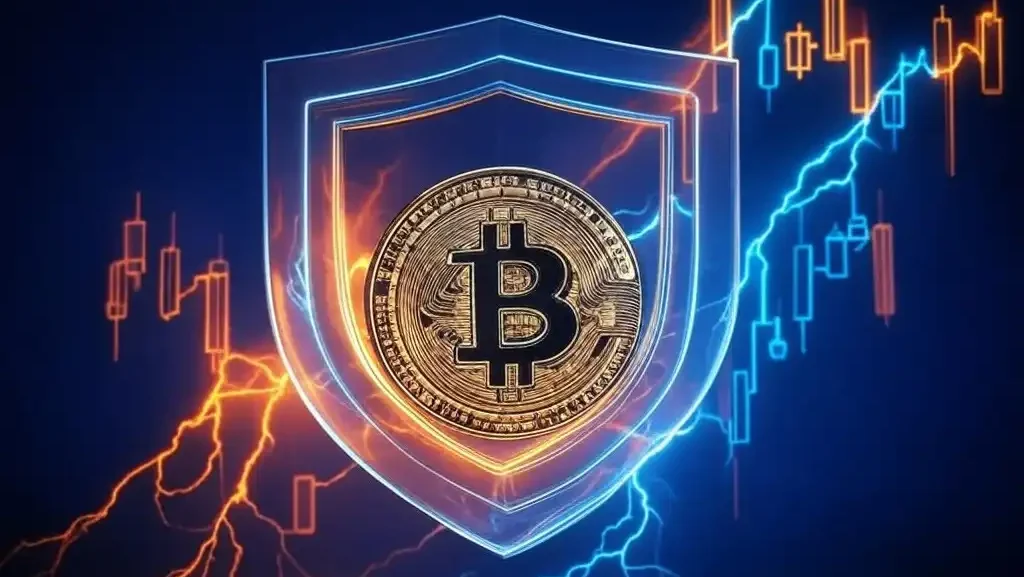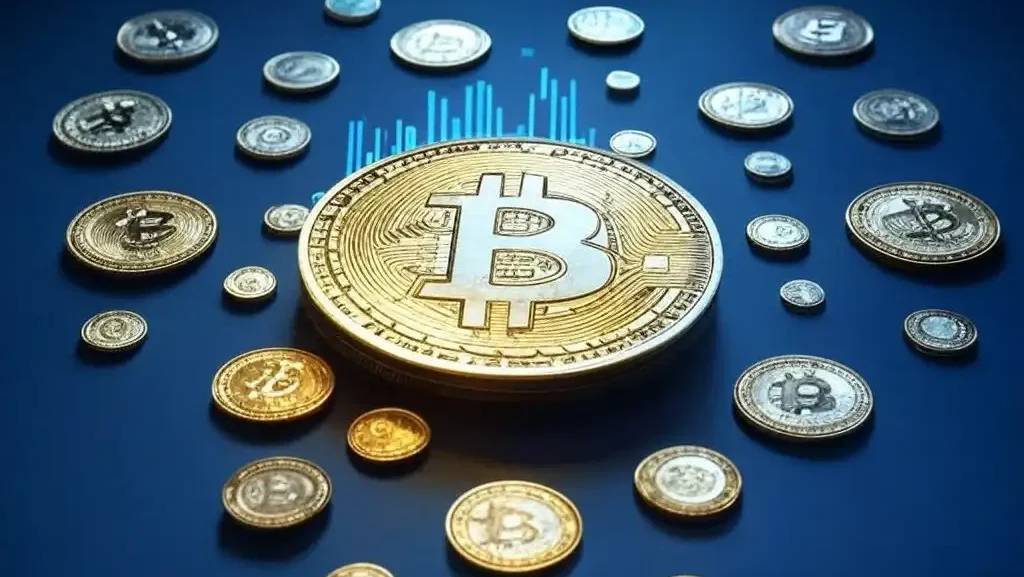Common Cryptocurrency Terminology

The cryptocurrency space has developed its own unique language, combining traditional financial terms with crypto-specific slang and technical jargon. Understanding this terminology is essential for navigating market discussions, social media channels, and research materials. This guide covers the most important terms and phrases you’ll encounter in the crypto world.
Market Sentiment Terms
These terms describe overall market conditions and investor attitudes:
Bull & Bear Markets
- Bull Market: A prolonged period of rising prices, typically defined as an increase of 20% or more from recent lows. Characterized by optimism, investor confidence, and expectations that strong results will continue.
- Bear Market: A prolonged period of falling prices, typically defined as a decline of 20% or more from recent highs. Characterized by pessimism, fear, and negative sentiment.
- Bullish: Having a positive outlook on an asset’s price or the market in general. Someone who is bullish believes prices will rise.
- Bearish: Having a negative outlook on an asset’s price or the market in general. Someone who is bearish believes prices will fall.
Market Cycles & Phases
- Market Cycle: The period between one market peak and the next, including both bull and bear phases.
- Accumulation Phase: The period following a bear market where prices stabilize and informed investors begin buying assets at perceived bargain prices.
- Markup Phase: The period when prices start rising steadily and the bull trend becomes established.
- Distribution Phase: The period near the market top when early investors begin selling their holdings to latecomers.
- Markdown Phase: The period when prices fall sharply as a bear market takes hold.
Trading & Investment Terms
Common Trading Strategies
- HODL: A deliberate misspelling of “hold” that originated from a 2013 forum post. It means to hold onto your cryptocurrency for the long term regardless of market fluctuations. Often humorously backronymed as “Hold On for Dear Life.”
- Buy the Dip: The strategy of purchasing assets after a price decline, based on the belief that the drop is temporary and prices will recover.
- DCA (Dollar-Cost Averaging): Investing a fixed amount at regular intervals regardless of price, reducing the impact of volatility on overall purchases.
- FOMO (Fear Of Missing Out): The fear that you’re missing potential profits by not investing in a rapidly rising asset. Often leads to buying at market tops.
- FUD (Fear, Uncertainty, and Doubt): Negative information or sentiment designed to create fear in the market, often with the goal of driving prices down.
Trading Positions
- Long Position: Buying an asset with the expectation that its value will increase.
- Short Position: Betting against an asset with the expectation that its value will decrease.
- Leverage/Margin Trading: Using borrowed funds to increase the size of a trading position, amplifying both potential gains and losses.
- Liquidation: The forced closing of a leveraged trading position due to losses reaching the trader’s collateral amount.
Market Analysis Approaches
- DYOR (Do Your Own Research): Encouraging investors to conduct their own investigation rather than following others’ recommendations blindly.
- Fundamental Analysis: Evaluating an asset based on its underlying value, use case, team, tokenomics, and adoption.
- Technical Analysis: Analyzing statistical trends gathered from trading activity, such as price movement and volume.
- On-Chain Analysis: Studying blockchain data metrics to inform investment decisions.
Price Action Terminology
Market Movements
- Pump: A rapid increase in price, often due to coordinated buying, positive news, or market momentum.
- Dump: A rapid decrease in price, often due to large sell-offs or negative market events.
- Rally: A sustained price increase after a period of flat or declining prices.
- Correction: A relatively short-term price decline of 10-20% amid a broader upward trend.
- Crash: A sudden, severe drop in prices across the market or for a specific asset.
- ATH (All-Time High): The highest price an asset has ever reached.
- ATL (All-Time Low): The lowest price an asset has ever reached.
Price Patterns
- Breakout: When price moves beyond a established support or resistance level with increased volume.
- Consolidation: A period of trading within a narrow price range, indicating a balance between buying and selling pressure.
- Resistance: A price level where selling pressure is strong enough to stop prices from rising further.
- Support: A price level where buying pressure is strong enough to stop prices from falling further.
- Dead Cat Bounce: A temporary recovery in prices during a bear market that is followed by continuation of the downward trend.
Market Participant Terms
- Whale: An individual or entity that holds a large amount of cryptocurrency, capable of influencing market prices through large trades.
- Bag Holder: Someone holding onto an asset that has significantly decreased in value with little hope of recovery.
- Diamond Hands: A trader who holds onto their assets despite market volatility or downtrends, refusing to sell.
- Paper Hands: A trader who sells their assets quickly at the first sign of trouble or market decline.
- Smart Money: Institutional investors, professional traders, and others considered to be more knowledgeable and better-informed than retail investors.
- Retail Investors: Individual, non-professional investors participating in the market.
Technical & Blockchain Terms
- Blockchain: A distributed digital ledger that records transactions across many computers so that records cannot be altered retroactively.
- Altcoin: Any cryptocurrency other than Bitcoin. Derived from “alternative coin.”
- DeFi (Decentralized Finance): Blockchain-based financial services operating without centralized intermediaries like banks.
- NFT (Non-Fungible Token): Unique digital assets representing ownership of specific items or content on the blockchain.
- Smart Contract: Self-executing contracts with the terms directly written into code, automatically enforcing agreements.
- Token: A digital asset built on an existing blockchain, as opposed to having its own blockchain.
- Coin: A cryptocurrency that operates on its own blockchain.
- Mining: The process of validating transactions and creating new blocks on Proof of Work blockchains.
- Staking: Participating in transaction validation on a Proof of Stake blockchain by locking up coins as collateral.
- Gas Fee: The cost to perform a transaction or execute a contract on the Ethereum network or similar blockchains.
- Airdrop: A distribution of free tokens or coins to multiple wallet addresses, usually for marketing or decentralization purposes.
Exchange & Trading Platform Terms
- CEX (Centralized Exchange): Traditional cryptocurrency exchanges operated by companies that match buyers and sellers.
- DEX (Decentralized Exchange): Exchanges that operate without a central authority, allowing direct peer-to-peer transactions.
- Order Book: A list of buy and sell orders for a specific asset, organized by price level.
- Limit Order: An order to buy or sell at a specified price or better.
- Market Order: An order to buy or sell immediately at the best available current price.
- Stop-Loss: An order to sell an asset when it reaches a specified price, designed to limit investor loss.
- Take-Profit: An order to sell an asset when it reaches a price target, designed to lock in gains.
- Slippage: The difference between the expected price of a trade and the price at which the trade is executed.
- Liquidity: The degree to which an asset can be quickly bought or sold without affecting its price.
Crypto Community Slang
- To The Moon: Expression indicating the belief that a cryptocurrency’s price will rise dramatically.
- When Lambo?: A humorous question asking when an investment will make someone wealthy enough to afford a Lamborghini.
- Rekt: Slang for “wrecked,” referring to someone who has lost a significant amount of money on an investment.
- Shill: The act of promoting a cryptocurrency, often to increase its price for personal benefit.
- Weak Hands: Investors who sell their assets quickly due to market volatility or FUD.
- Bagholder: Someone holding a cryptocurrency that has significantly dropped in value with little hope of recovery.
- Rug Pull: A type of scam where developers abandon a project and run away with investor funds.
- Vaporware: Projects that are announced and promoted but never actually delivered.
Understanding Market Psychology Terms
- Fear & Greed Index: A metric designed to measure market sentiment, ranging from extreme fear to extreme greed.
- Capitulation: The point during a market downturn when investors give up and sell their holdings out of fear, often marking the bottom of a market cycle.
- Euphoria: Extreme optimism near market tops when investors display irrational exuberance.
- Contrarian Investing: A strategy of going against prevailing market trends, such as buying during extreme fear and selling during extreme greed.
Conclusion
Mastering cryptocurrency terminology enhances your ability to communicate with others in the space, understand market discussions, and make more informed investment decisions. This vocabulary continues to evolve as the cryptocurrency ecosystem develops, so staying updated with new terms and concepts is essential for anyone serious about participating in this rapidly changing market. Remember that while understanding these terms is important, successful cryptocurrency investing requires more than just knowing the language—it demands research, risk management, and a clear investment strategy aligned with your financial goals.


